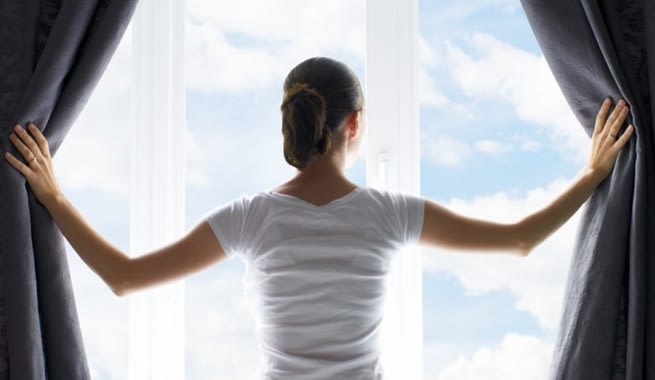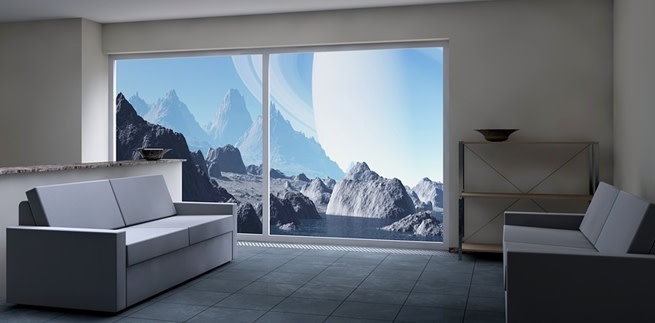For the Love of Clean Air
Did you know that the air inside your home is often more polluted than the air outside? The air in our homes can be contaminated by smoking, harsh cleaning chemicals, dust, mould, malfunctioning appliances… and the list goes on.

It is therefore no wonder that air purifiers are becoming more and more popular. Once considered a luxury, they are becoming a necessity for improving indoor air quality.
Before you buy an air purifier, you need to know a little about them. You need to consider area coverage, noise levels, ease of maintenance, as well as whether they emit any by-products. Some air purifiers designed for a home are small enough to be placed on a coffee table. Others are so large they can take up an entire corner of your living room. Air purifiers use different technologies to clean the air but can be grouped into two main categories: filtered air purifiers and filterless air purifiers.
Filtered Air Purifiers
Air purifiers with a filter (or several filters) physically exclude pollutants from a room. They take in the air, run it through a filter (or filters), trap particles of various sizes, and release clean air.
Filtered air purifiers often have pre-filters, designed to trap the biggest pollutants such as dust, hair and even small insects. Pre-filters ensure that the main filter, which is usually a HEPA filter, last longer.

The HEPA abbreviation can stand for: high-efficiency particulate air, high-efficiency particulate absorber, high-efficiency particulate arresting, or high-efficiency particulate arrestance. HEPA filters must meet a standard of trapping at least 99.97% of all particles larger than 0.3 microns. This type of air purifier does not generate any harmful by-products.
HEPA filters can deal efficiently with pollen, mould, dust mites, and so on. However, they do not remove smoke, odours, gasses, or chemical emissions. That is why most HEPA air purifiers have activated carbon filters too. The molecular-sized pores on activated carbon filters have high absorbency and chemical bonding, which enables them to trap pollutants that pass through HEPA filters.
Some air purifiers are equipped with filters that need to be replaced at regular intervals, while others have permanent filters that need to be vacuumed or washed when they are saturated with pollutants. Filters with activated carbon need to be replaced when the carbon layer becomes saturated.
Filterless Air Purifiers
Some air purifiers use different types of technologies to clean the air without the help of filters. This group of air purifiers includes ionizers, ozone generators, ultraviolet devices, thermodynamic sterilisers, and so on. They are popular because they do away with the cost and the hustle of replacing and cleaning the filters. However, some types of filterless air purifiers may have unwanted side-effects.

Filterless purifies such as ionisers and ozone generators clean the air by emitting substances that bind with pollutants, making them so heavy that they fall on the surfaces around the home. This debris gets eliminated with normal house cleaning.
Ultraviolet purifiers and thermodynamic sterilisers do not remove pollutants from the air. Instead, they kill germs, bacteria, viruses, as well as mould and fungus spores, rendering them harmless when inhaled.
Ionisers, ozone generators and some ultraviolet purifiers emit ozone, which may be harmful when inhaled. However, that does not mean that ozone-emitting air purifiers should never be used. After all, ozone is very good at sterilising the air, and in order to avoid the possible harmful side-effects you can simply leave it on to do its job when no one is at home.
Filterless air purifying technologies are sometimes used in conjunction with filtered appliances to increase their efficiency. For example, ultraviolet technology that kills microorganisms can be used together with filters that eliminate the dead microorganisms and other pollutants from the air we breathe.
Whichever air purifier you decide to buy, make sure it is powerful enough to cover a specific area and always choose a high quality appliance. The air you breathe is worth it!
